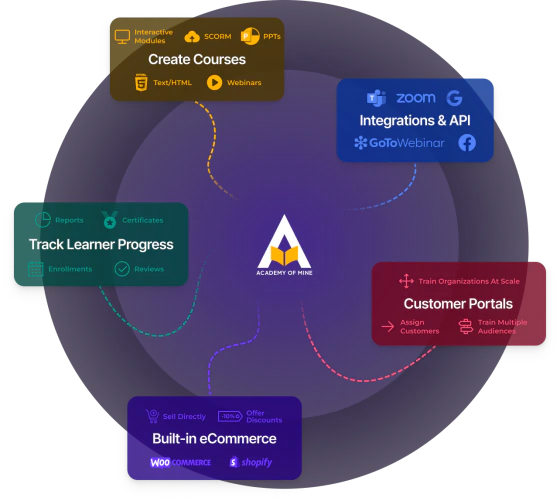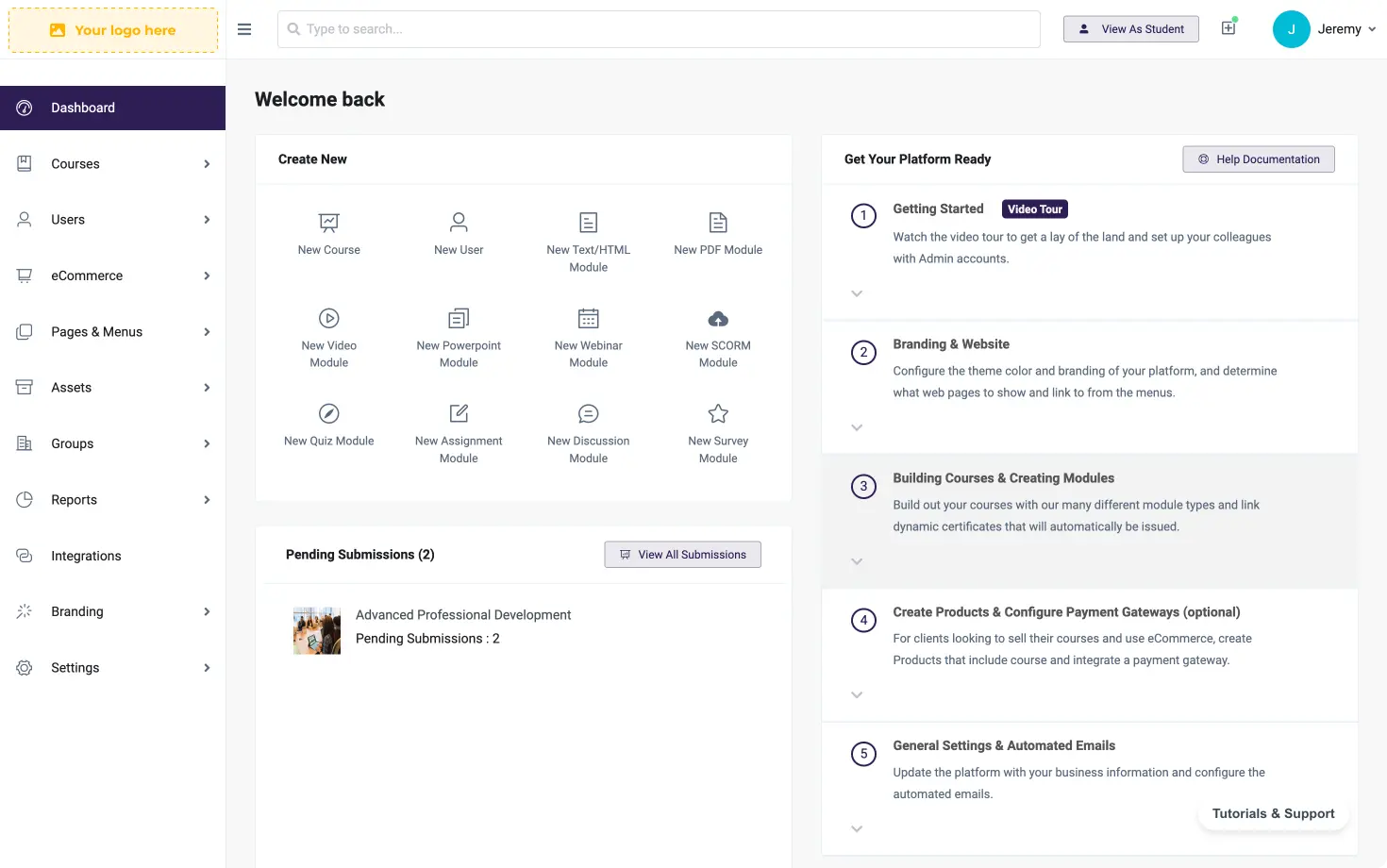Education, eLearning, Instructional Design
Educational Assessment: Evaluate What Online Students Need to Master

Understanding the importance of planning student assessment design.
In a previous article discussing assessments ([Evaluating Your Students] Plotting Your Teaching Strategy), we discussed how the nature of developing effective summative assessments for your students can assist you in plotting out your online course curriculum and planning the best way to break down your eCourse content into smaller units and sub-sections. In that article, it was emphasized how important it is to ensure that summative assessments are comprehensive in nature, so that the evaluation of your online students is as complete as possible to ensure the most accurate and fair grading of student content-mastery.
In addition to accurate assessment, a comprehensive approach to assessment development compels the online teacher to take a closer look at exactly what the student is learning in each unit within the curriculum, and make decisions about the best way to evaluate content retention. As a result, this closer look will also include a review of any diagnostic and formative assessments that have been scheduled to be conducted throughout the course. And this is definitely a good thing! Why? Because any top-down approach to curriculum design goes hand-in-hand with a complete dissection and break-down of student learning and evaluation.
Assessment development
One option to consider is applying a standard in assessment-development that was implemented by the Ministry of Education in Ontario, a province in Canada. This standard breaks down assessments into four specific strands:
- Knowledge and Understanding
- Thinking and Inquiry
- Communication
- Application.
These four strands are themselves derived from Bloom’s Taxonomy, a framework in which internationally-renown American educational psychologist, Benjamin Bloom, developed his theory concerning mastery-learning and achievement of educational objectives.
Bloom’s Taxonomy
Expanding this concept further, Bloom’s Taxonomy – from which the Ontario assessment- development standard find its basis – places an emphasis on a hierarchy of learning where varying levels of understanding are sorted between higher-order and lower-order thinking skills. It is not a coincidence that this hierarchy is ordered in such a way that it is inversely proportionate to the concept of the Learning Pyramid, once you have put the two charts outlining each concept side-by-side.
Although the Ontario standard of assessment-development does not necessarily rank one strand of learning over another, it gives the teacher a different perspective to consider when devising assessments appropriate for the content being taught. This perspective allows teachers to ask themselves two important questions:
1) is this assessment applicable to what I am trying to evaluate my students for, after they have learned this content?
2) Is this assessment effectively addressing the different levels of learning and understanding, according to the Learning Pyramid and Bloom’s Taxonomy?
Design and delivery: A two way street
In this way, the development of your assessments allows you to really focus on how to best develop the curriculum of your online course, since it provides you with the opportunity to see how your own content is best taught as you progress from theory to practical application. If your assessments do not properly evaluate what your students need to master, then you can revise the delivery of your content.
If content in your course requires a specific method of assessment (i.e. completion of complicated equations in a test to demonstrate learned skills in a mathematics course), then you can include and/or adjust that as well. The inter-relationship between assessment design and course content delivery is certainly a two-way street, and so there is really no reason why you cannot use this to your advantage when planning out the best assessment design for your online course.
The next series of articles will go further in-depth with regards to the four strands of Ontario’s standard for assessment-development, so come along for the tour!

